The hermit crab is a marine crustacean that belongs to the Decapod order. It has 10 legs with claws on the first pair. The hermit crab usually measures between two and four centimeters, though larger species can reach up to 30 centimeters in length. Unlike other crustaceans, the hermit crab has no shell. To protect its soft, defenseless abdomen, the crab must make a home out of the abandoned shells of dead mollusks, changing shells as it grows larger. If necessary, the hermit crab will kill and eat the inhabitant of the shell it wants.
The hermit crab is fiercely protective of its own territory. Using its antennae, it scans the sand around it for even the slightest vibrations signaling the presence of an intruder.The most common Mediterranean species are the Dardanus Arrossor ,the Pagurus Maculatus the Dardanus Calidus , and the Pagurus Bernhardus , commonly known as the “soldier” crab. The hermit crab is common in both the Mediterranean and the Atlantic, and can be found as far as 80 meters below sea level. It is not a good swimmer, using its legs to scuttle across the sandy seabed and climb rocks in search of food instead.
The hermit crab tends to attract sea anemones, which use grasping tentacles to attach themselves to its shell. These anemones defend the hermit crab from predatory fish and feed on the hermit crab’s leftovers. Most hermit crabs feed on shrimp, mollusks, and small fish. A few are herbivores and feed on algae. Hermit crabs mate in summer. Females store male sperm in an organ called spermatophore into which eggs are later released and fertilized. She then stores her fertilized eggs under her abdomen before depositing them near the shoreline. Given the ease with which it can be removed from its host shell, fishermen often use hermit crabs as live bait.
The hermit crab is fiercely protective of its own territory. Using its antennae, it scans the sand around it for even the slightest vibrations signaling the presence of an intruder.The most common Mediterranean species are the Dardanus Arrossor ,the Pagurus Maculatus the Dardanus Calidus , and the Pagurus Bernhardus , commonly known as the “soldier” crab. The hermit crab is common in both the Mediterranean and the Atlantic, and can be found as far as 80 meters below sea level. It is not a good swimmer, using its legs to scuttle across the sandy seabed and climb rocks in search of food instead.
The hermit crab tends to attract sea anemones, which use grasping tentacles to attach themselves to its shell. These anemones defend the hermit crab from predatory fish and feed on the hermit crab’s leftovers. Most hermit crabs feed on shrimp, mollusks, and small fish. A few are herbivores and feed on algae. Hermit crabs mate in summer. Females store male sperm in an organ called spermatophore into which eggs are later released and fertilized. She then stores her fertilized eggs under her abdomen before depositing them near the shoreline. Given the ease with which it can be removed from its host shell, fishermen often use hermit crabs as live bait.
RELATED
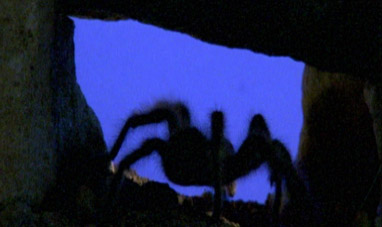

TARANTULA
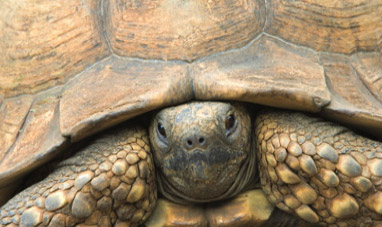

TORTOISE
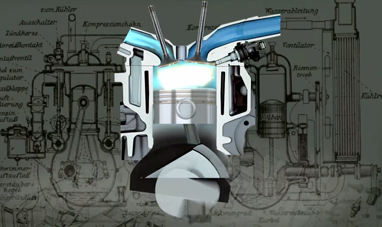

CARS
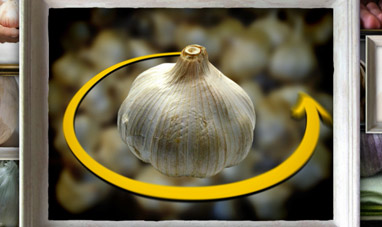

GARLIC


SOLAR THERMAL ENERGY


SKIN
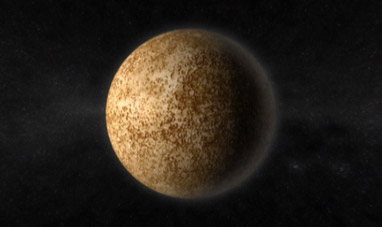

MERCURY
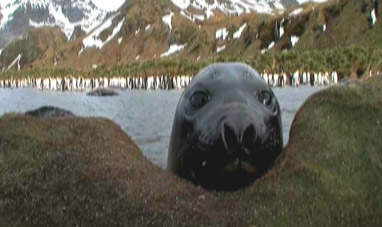

SEAL


AIDS
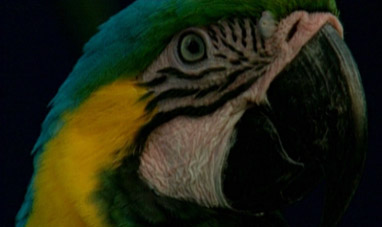

PARROTT


COMETS


GALAXIES
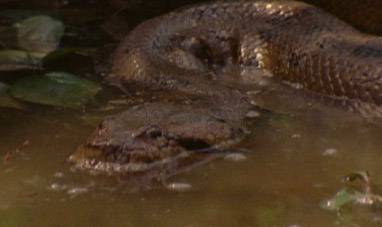

ANACONDA
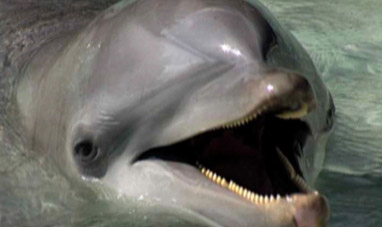

DOLPHIN
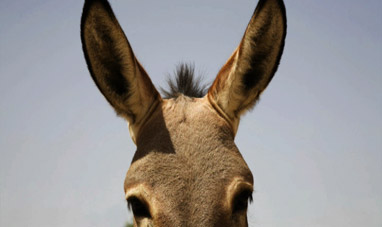

DONKEY


COBRA


QUASARS
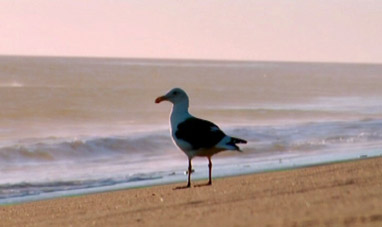

GULL


CENTRIFUGAL FORCE


FLAMINGO


KANGAROO


SHEEP


HYENA


THE HEISENBERG PRINCIPLE


AMAZON
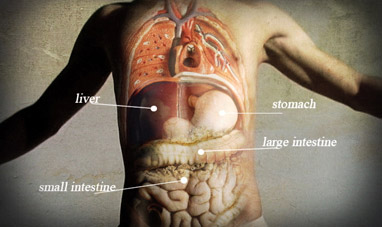

THE DIGESTIVE SYSTEM


FLEA


THE SKELETON


HORSE
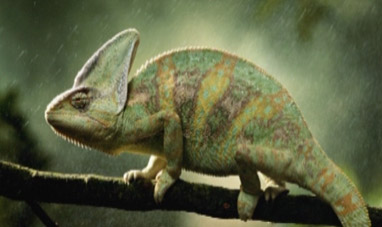

CHAMELEON
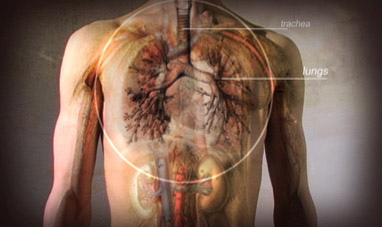

THE RESPIRATORY SYSTEM


GIRAFFE
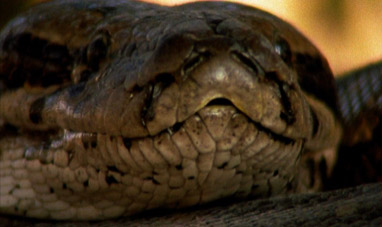

BOA
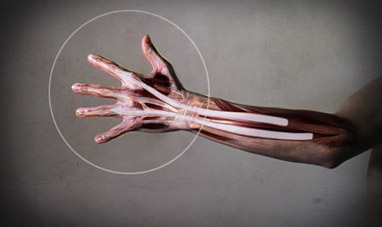

THE HANDS


GOOGLE


FACEBOOK
